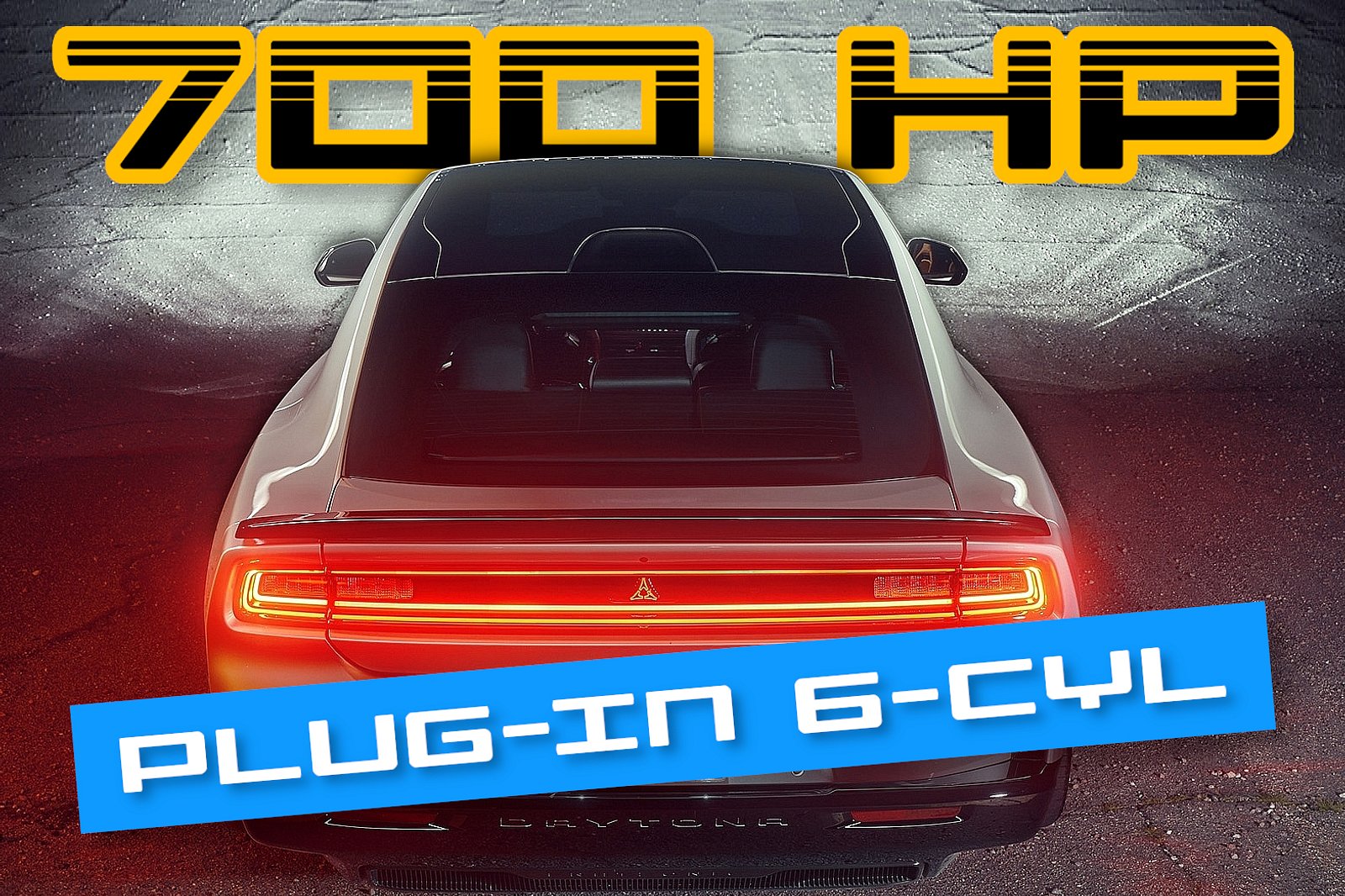
“Anything’s possible,” said Charger chief engineer Audrey Moore when asked if hybrid variants are in the works. In subsequent comments, she made it clear that this is an option her team is seriously considering.
Slow to embrace “electrification,” especially in the North American market, parent Stellantis has been looking for EV alternatives that could have both broader appeal and come in at a lower price tag.
Its Detroit-based brands have begun rolling out an assortment of battery-based options, starting with “mild” hybrids. These use 48-volt motor drive systems that provide just a bit of launch assist to an otherwise gas-powered drivetrain. The company has shown little interest in the more conventional hybrid technology used for vehicles like the Toyota Prius.
It took the next step five years ago with the launch of the Chrysler Pacifica Hybrid. Despite its name, the minivan is actually a PHEV. It uses a 16-kilowatt-hour lithium-ion battery that not only helps save fuel but allows the people-mover to drive more than 30 miles in all-electric mode, according to the US Environmental Protection Agency.

